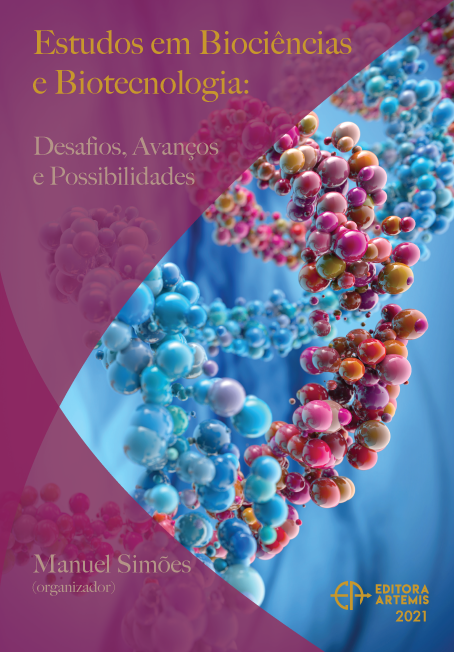
TRATAMENTO BIOLÓGICO EM EFLUENTES DE ÁGUA PARA USINAGEM DE OLIVEIRA
Objetivos: Los efluentes de la industria aceitunera son altamente contaminantes. Estos tienen altos valores de carga orgánica, así como demanda biológica y química de oxígeno, salinidad, y otras, que superan las normativas vigentes. El objetivo de este trabajo fue el de lograr, a través de biorremediación con microorganismos nativos, la reducción de la contaminación del efluente para su posible uso en mezcla y curado de morteros y hormigones especiales. Métodos: La biorremediación se logró complementando el efluente con una fuente de carbono, nitrógeno y fósforo en una proporción aproximada de 100: 5: 1, en condiciones aeróbicas a temperatura ambiente (25 ± 1 ° C) durante un período de 7 a 14 días. Resultados: Los microorganismos nativos lograron por bioestimulación una reducción aproximada del 25-80% de los parámetros específicos e indicadores de contaminación como DBO5, DQO y conductividad, transformando el efluente en un líquido menos contaminado. Durante el ensayo se verificó la existencia de microorganismos viables que consumieron rápidamente la fuente de carbono y luego posiblemente otra materia orgánica más compleja, siendo los mismos responsables de la reducción de contaminantes. Conclusión: La flora nativa logró la reducción de la contaminación original del efluente de "aceitunas mecanizadas" por bioestimulación, transformándolo en un líquido menos contaminado que podría ser utilizado para otros usos como la elaboración de hormigón, mezclas y curado de morteros.
TRATAMENTO BIOLÓGICO EM EFLUENTES DE ÁGUA PARA USINAGEM DE OLIVEIRA
-
DOI: 10.37572/EdArt_2112215079
-
Palavras-chave: Aguas de maquinado de aceitunas, Biorremediación, Microorganismos Nativos, Incorporación de efluentes
-
Keywords: Machined Olive Waters, Bio-remediation, Native Microorganisms, Effluent Insertion
-
Abstract:
Purpose Effluents from machined olive waters are highly polluting. These have high organic load values such as the biological demand of oxygen and the chemical demand of oxygen, salinity, and others, which far exceed current regulations. The objective of this work was to achieve, through bioremediation by native microorganisms, the reduction of effluent contamination in order to possible use in mixing and curing of mortars and special concretes. Methods: Bioremediation was achieved by supplementing the effluent with a source of carbon, nitrogen, and phosphorus in the approximate ratio 100: 5: 1, under aerobic conditions at room temperature (25 ± 1 °C) for a period of 7 to 14 days.
Results:The native microorganisms achieved by biostimulation an approximate reduction of 25-80% of the specific parameters and pollution indicators such as BOD5, COD and Conductivity, transforming the effluent into a less contaminated liquid that can be used for other reuses or destinations. During the test, the existence of viable microorganisms was verified that quickly consumed the carbon source and then possibly other more complex organic matter, being the same ones responsible for the reduction of pollutants. Conclusion: The native flora achieved the reduction of the original contamination of the effluent from "mechanized olives" by biostimulation, transforming it into a less contaminated liquid that could be used for other uses such as the preparation of concrete, mixtures and curing of mortars.
-
Número de páginas: 16
- MARIELA BEATRIZ MALDONADO
- Emiliano Fornasin
- Leonel Lisanti
- Ariel Marquez
- Walter Pirán
- Noemi Graciela Maldonado
- Pablo Enrique Martín
- Daniela Adriana Barrera

